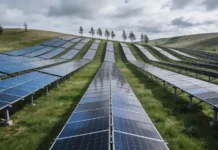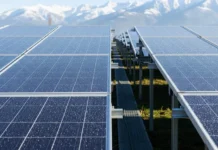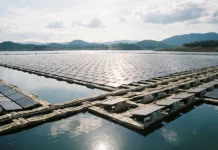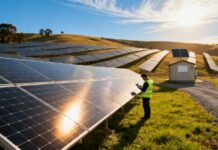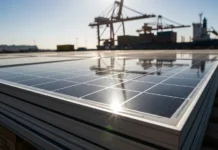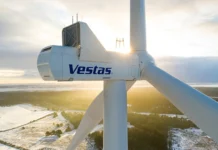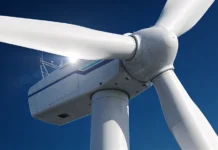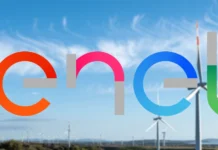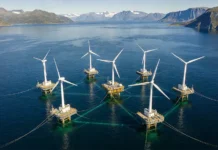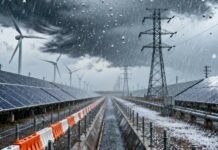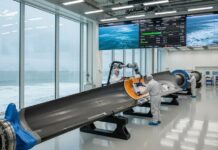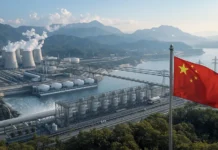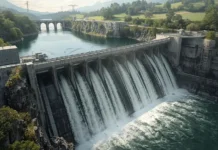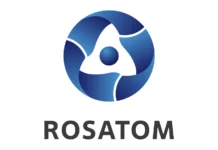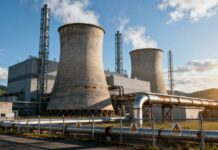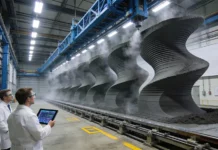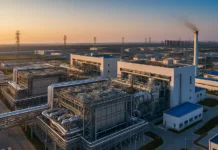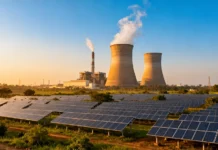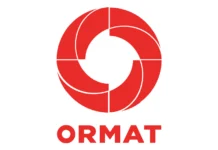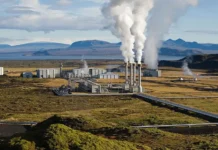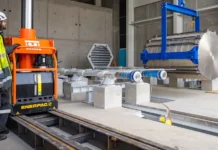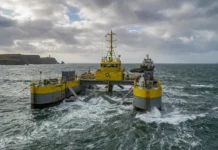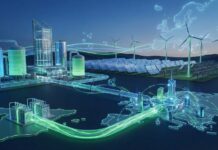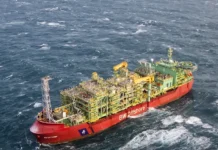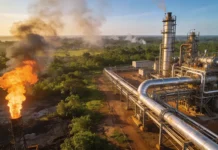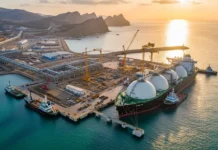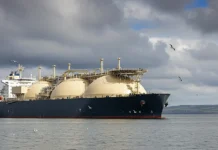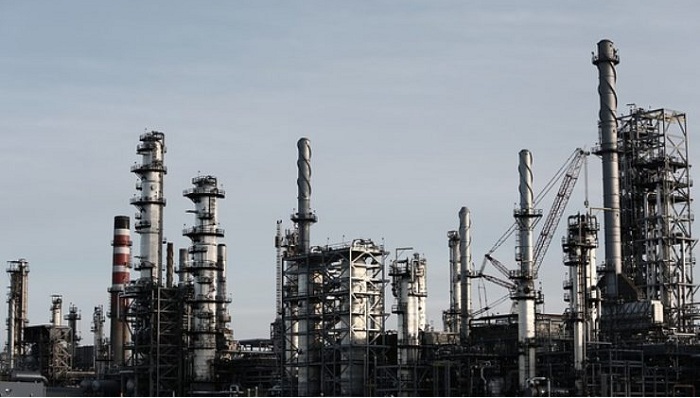The next phase of the renewable hydrogen project Gigastack has been awarded £7.5m ($9.8m) in funding, as part of the Department for Business, Energy and Industrial Strategy (BEIS) Hydrogen Supply Competition.
The Gigastack project, led by ITM Power, Ørsted, Phillips 66 Limited and Element Energy, will show how renewable hydrogen derived from offshore wind can support the UK’s 2050 net-zero greenhouse gas emission target.
A key objective of the project is to identify and highlight regulatory, commercial and technical challenges for real applications of industrial-scale renewable hydrogen systems.
Producing hydrogen has traditionally been associated with high carbon emissions, but by using renewable electricity from an offshore wind farm, for example, the process of producing hydrogen from water (electrolysis) can be completely decarbonised, presenting opportunities for energy-intensive industries to go green.
As part of the initial feasibility phase of the Gigastack project, which finished in 2019, ITM Power developed designs for a low-cost modular 5 MW electrolyser ‘stack’, collaborating with Ørsted to understand the potential synergies with offshore wind farms and with Element Energy to undertake a market analysis and explore business models for the first industrial-scale 100 MW electrolysers.
For the second phase of the project, which has now received funding from the department for BEIS, the consortium will conduct a Front-End Engineering Design (‘FEED’) study on a 100 MW electrolyser system using staged installations with a nominal capacity of 20 MW.
The FEED study will detail the actual design of a hydrogen production system connected to a wind farm and industrial off-taker using ITM Power’s new generation of electrolyser stack technology, renewable energy directly from Ørsted’s Hornsea Two offshore wind farm, and with the resulting renewable hydrogen supplied to an industrial off-taker; Phillips 66 Limited’s Humber Refinery.
As part of the second phase, ITM Power will also install and trial both their next-generation electrolyser stack and the semi-automated manufacturing machines required for large-scale and high-volume manufacture of these new large low-cost stacks. This will help validate a complete production system capable of delivering hundreds of megawatts of electrolysers per year.
Anders Christian Nordstrøm, vice president for hydrogen, Ørsted, said: “Creating renewable hydrogen with offshore wind really has the potential to decarbonise industrial processes, and what is needed now is to scale up the electrolyser technology and bring the cost down. We’ve seen this happen in offshore wind. With industry and government working together, there has been a rapid deployment and a huge cost reduction.
“This project aims to do the same with hydrogen. At the right cost, this technology has the potential to play a huge role in meeting the UK’s decarbonisation targets. We’re excited to be part of this project in the Humber region where we are already very active, including constructing the biggest offshore wind farms in the world, Hornsea One and Two, and with them setting the global standard for deployment of offshore wind at scale.”
Darren Cunningham, Lead Executive UK and General Manager Humber Refinery, Phillips 66 Limited said: “The Humber region is uniquely positioned within the UK for the large-scale deployment of renewable hydrogen. Direct access to existing offshore wind-power and a developed industrial base with hydrogen demand at Phillips 66 Limited’s Humber Refinery provides an ideal opportunity to develop a new renewable hydrogen market where the feedstocks are just water and renewable power.”
Dr Graham Cooley, CEO, ITM Power, said: “The second phase of Gigastack includes stack scale-up, volume manufacturing and a FEED study for a refinery deployment. The project will result in a scalable world-class product for the production of low-cost renewable hydrogen.”


